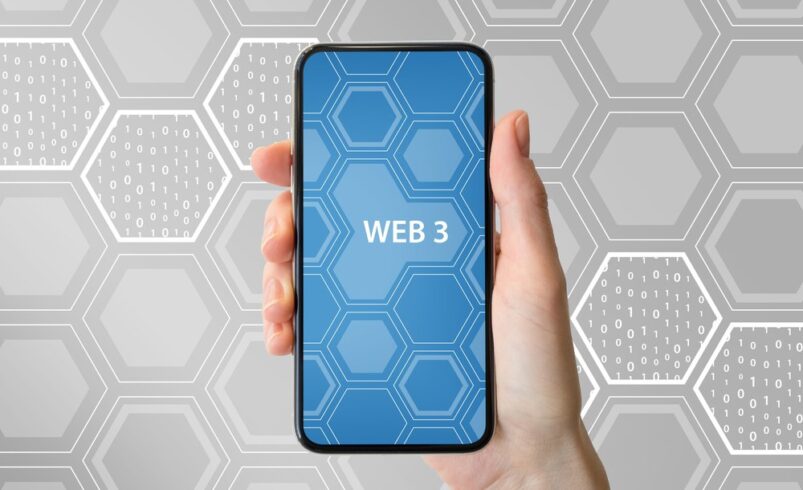What is Web3 and How Does It Differ from Web2?

What is Web3?
Web3 is the next step in the evolution of the internet and the web services that people access at present. Web3 is going to integrate some of the most advanced and awesome technologies such as Artificial Intelligence and blockchain etc.
In this manner, not only the interface of the web services will drastically improve but also output will become highly refined and specific. The internet will morph into a semantic web meaning that every data source, website, and application will be interconnected.
Evolution of Web
British computer scientist Tim Berners-Lee wrote the Hypertext Markup Language or HTML that grants browsers and website their visible infrastructure. He also created Hypertext Transfer Protocol (HTTP) that enable file transfer among different browsers and web servers.
He was also working on developing a Semantic web but was limited by available hardware resources at the time.
In its earliest form, developers were able to create websites that were in read only format and accessible through the internet. This was known as Web 1.0, the next stage in the evolution of the internet sources was Web 2.0 with interactive websites.
This next phase is the current stage also that allowed social media platforms and eCommerce websites to prosper. Web 3.0 intends to a place where users have greater or complete data autonomy and it operates in a decentralized manner.
Key Features of Web3
Here are some of the distinctive features of Web3
Decentralization
Web3 is characterized by decentralization. At present websites and browser services are owned by mega corporations. Therefore, the existing network of website services is largely centralized.
However, Web3 is going to adopt a distributed approach bringing greater autonomy to the individuals such as personalized data cache etc.
Blockchain Centric
Web3 will leverage the blockchain technology for its distributed features. At the same time, the new system will require cryptocurrencies to incentivize users while keeping them independent. Blockchain networks allow distributed management of data resources that enable peer-to-peer interactions in verified manner.
Semantic Design
The Semantic Web will take advantage of AI systems to collect and calibrate data resources. With this change, websites will understand queries in simple conversational form. Thus the output will improve drastically and user experience will become more simplified.
DAOs
DAOs are Decentralized Autonomous Organizations that are wholly automated organization protocols. At present, DAOs are still under development but in the future they may transform into self-governed ecosystems.
User Interface
The user interface for Web3 could be more interactive and different from Web2 networks. There are themes such as Metaverse that are incorporating virtual reality, augmented reality, and hardware upgrades to upscale the existing user interface of Web3 entities.
Web2 Vs Web3
Governance
Web2 is pre-dominantly centralized based on cloud services, application stores, and private companies. But Web3 will be decentralized on account of its decentralized structure.
Medium of Exchange
Web2 has fiat currencies as the underlying governance model whereas Web3 leverage technologies such as cryptocurrencies.
Data Ownership
Data sources are automatically sent to centralized governance bodies in the form of cookies. In Web3 users will collect their data in the form of NFTs and have incentive to share it at will in exchange for payments in virtual currencies.
Interface
The user interface for Web3 is going to become more interactive using technologies such as virtual reality and augmented reality. In comparison, Web2 depends on layout formats such as CSS and Ajax.
User Interaction
Web2 depends on metadata, cookies, geological location, and other factors to filter data for a generalized demographic. However, the query output for Web3 is going to be hyper specific and unbiased on account of decentralization, machine learning algorithms, and A.I.
Backend Design
Web2 largely comprises of relational databases that have limited scalability but Web3 used immutable and distributed blockchain ledger to counter this problem.
Materialization
Web2 has promoted website models such as social media platforms and e-commerce websites on account of its interactive model. In contrast, Web3 could materialize outside into 3-dimensional worlds with unique rendering features for users and creators.
Conclusion
Web3 is a concept that is still under development. There is no particular project or defined shape for this concept at present. Nevertheless, developers are adding new features every day and working on upgrading the hardware and software requirements that will allow it to become a well-defined and unique enterprise.













